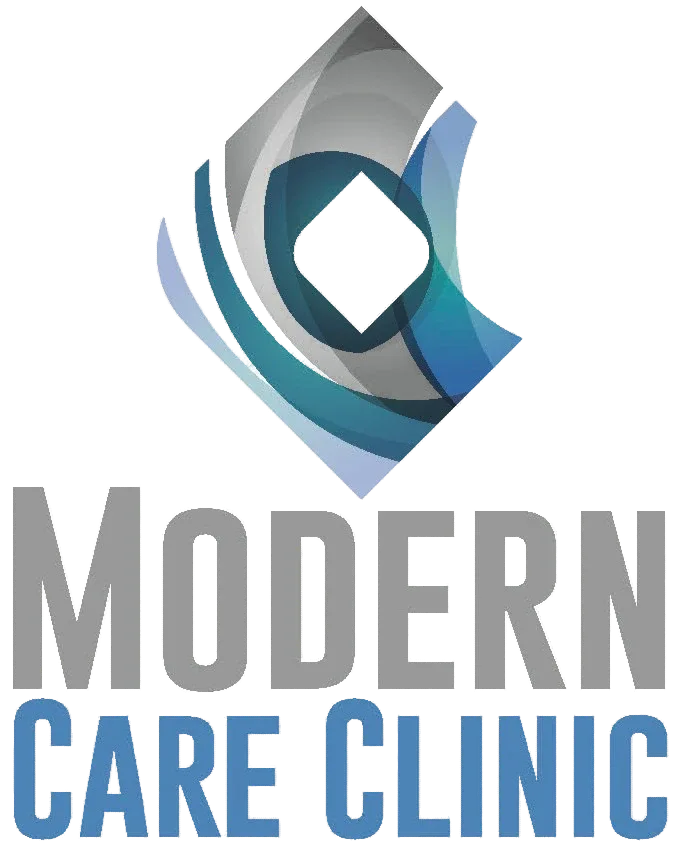Modern Treatments for Overactive Bladder: Find Your Relief
Do you ever feel like your bladder controls you, instead of the other way around?
Dealing with the constant urge to go, or worrying about unexpected leaks, can really impact your daily life.
If you’re experiencing these challenges, you’re not alone, and it’s a common concern for many people in Lebanon.
The good news is there are many modern treatments for Overactive Bladder available that can truly help you find your relief.
Understanding Overactive Bladder (OAB)
Overactive Bladder, often called OAB, is a condition where you experience a sudden urge to urinate that’s hard to control.
This can lead to frequent trips to the bathroom, even at night, and sometimes accidental leakage.
It’s not just an inconvenience; it can affect your work, social life, and overall well-being.
Common Symptoms of OAB
- Urgency: A sudden, strong need to urinate that’s difficult to postpone.
- Frequency: Urinating more often than usual, typically eight or more times in 24 hours.
- Nocturia: Waking up two or more times during the night to urinate.
- Urge Incontinence: The involuntary loss of urine following an urgent need to go.
First Steps: Lifestyle and Behavioral Changes
Before considering more advanced options, we often start with simple, non-invasive approaches.
These can make a significant difference for many people.
- Bladder Training: Gradually increasing the time between bathroom visits to “retrain” your bladder.
- Fluid Management: Adjusting when and how much you drink, especially before bedtime.
- Dietary Changes: Avoiding bladder irritants like caffeine, alcohol, and spicy foods.
- Pelvic Floor Exercises (Kegels): Strengthening the muscles that support your bladder can help improve control.
Medication Options for OAB
When lifestyle changes aren’t enough, various medications can help relax the bladder muscle and reduce urgency.
Your doctor will discuss the best option for you, considering potential side effects and your overall health.
Let’s break down some common types of medications:
- Anticholinergics: These drugs work by blocking nerve signals that cause bladder muscle spasms.
- Beta-3 Agonists: These medications help relax the bladder muscle, increasing its capacity to store urine.
Advanced Therapies for Persistent OAB
For those who don’t find sufficient relief with first-line treatments, we have effective, minimally invasive options available.
These therapies target the nerves or muscles directly.
What to Expect from Advanced Treatments
- Botox Injections: A small amount of Botox is injected into the bladder muscle to relax it, reducing overactivity.
- Sacral Neuromodulation (SNM): A small device is implanted to send mild electrical pulses to the nerves that control bladder function, helping to restore normal communication.
- Percutaneous Tibial Nerve Stimulation (PTNS): This less invasive procedure involves stimulating a nerve near your ankle to influence bladder function.
Comparing Treatment Options
It can be helpful to see how different treatment approaches stack up.
Here’s a quick comparison of some common modern treatments:
| Treatment Type | Approach | Pros | Cons |
|---|---|---|---|
| Lifestyle Changes | Non-invasive, self-managed | No side effects, empowers self-management | Requires discipline, may not be sufficient alone |
| Oral Medications | Daily pills | Effective for many, relatively simple | Potential side effects (dry mouth, constipation), daily commitment |
| Botox Injections | Bladder injections (every 6-9 months) | Highly effective for severe urgency, good duration of effect | Minor procedure, risk of temporary urinary retention |
| Neuromodulation (SNM) | Implanted device | Long-term relief, adjustable settings, can be very effective | Surgical procedure, device adjustments needed |
Why Choose Modern Care for Your OAB Treatment?
At Modern Care, we understand the discreet and sensitive nature of OAB.
Our team of urology specialists, right here in Lebanon at Centre Saint Nicolas in Antelias, is dedicated to providing personalized and compassionate care.
We use the latest diagnostic tools and treatment options to ensure you receive the most effective care tailored to your unique needs.
We believe in exploring all avenues to help you regain control and improve your quality of life.
Frequently Asked Questions About OAB
Is OAB a normal part of aging?
No, while it becomes more common with age, OAB is not considered a normal part of aging.
It’s a medical condition that can and should be treated, regardless of your age.
Can diet really make a difference for OAB?
Absolutely! Certain foods and drinks can irritate the bladder, making OAB symptoms worse.
Common culprits include caffeine, alcohol, acidic foods, and artificial sweeteners.
Identifying and reducing these can significantly help some individuals.
How long does it take to see results from OAB treatment?
This varies greatly depending on the treatment.
Lifestyle changes might show subtle improvements within weeks, while medications can take a few weeks to reach full effect.
Advanced therapies like Botox or neuromodulation might show results sooner after the procedure but require a recovery period.
Considering your options? We can help! Call us at 96176887676 or book a consultation to get started.
Living with Overactive Bladder doesn’t have to be a lifelong struggle.
With the range of modern treatments for Overactive Bladder available today, finding your relief is more possible than ever.
Don’t hesitate to reach out to our specialists to discuss your symptoms and explore the best path forward for you.

